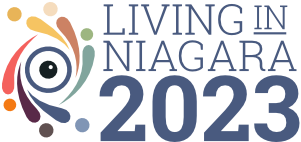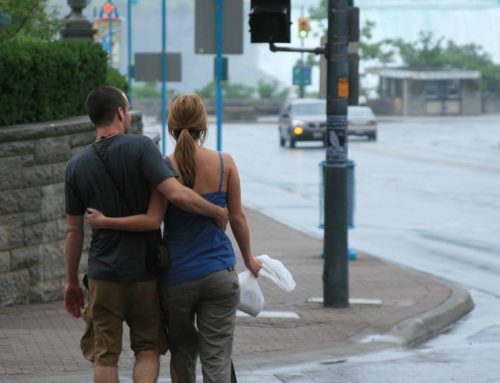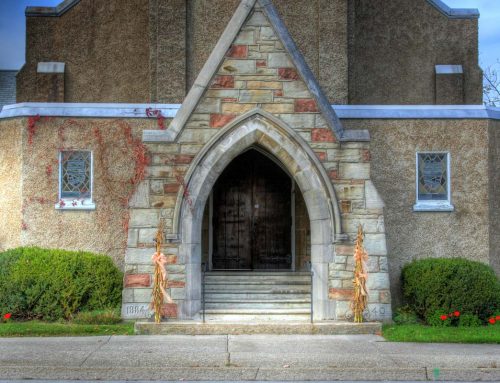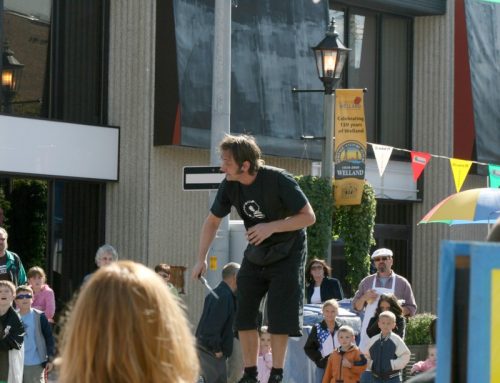[pull_quote align=”right”]“Those who can, do. Those who can do more, volunteer” Annual report 2010, Gillian’s Place.[/pull_quote]Volunteering: The act of volunteering enriches the volunteer and contributes much to the community, the local economy and the not-for-profit sector; it helps to build the overall social capital assets of a region. Niagara has a rich array of human and cultural services that actively engage volunteers, as directors on boards, and in aspects of fundraising, public awareness campaigns and direct services. Each organization monitors the recruitment, selection, education and service hours of their participants separately and this makes regional data difficult to trend.
In 2007, the fourth iteration of The National Survey of Giving, Volunteering and Participating (NSGVP), a series of surveys that began in 1997 was completed. In 2007 it was called the Canadian Survey of Giving, Volunteering and Participating (CSGVP). The 2007 data was released in 2009 by Statistics Canada. The survey involved: Imagine Canada (formerly Centre for Philanthropy) Canadian Heritage, Health Canada, Human Resources and Skills Canada, the Kahanoff Foundation, Statistics Canada and Volunteer Canada. Random digit dialing began with the 2004 version of the survey. The 2004 and 2007 surveys used different platforms and questionnaires. The CSGVP “Provides a portrait of activities that are integral to Canadian social fabric. The contributions of time and money to support the work of charities and not-for-profit organizations and the help we offer directly to others all combine to shape the communities and environments in which we live. The CSGVP shows that these activities are common features of Canadian life – ones that virtually all of us engage in over the course of a year. It also provides a picture of the causes that Canadians value, the interests they pursue and their willingness to reach out and help others” (CSGVP, 2007, p.7)
- In Canada 46% of Canadians aged 15 and over volunteered approximately 2.1 billion hours; an average of 166 hours per volunteer. (This is equivalent to 1.1 million full-time jobs). The 2007 survey showed a 4.2% increase over 2004. Those over the age of 65 volunteered the most hours on average, at 111 hours annually in 2004.
- The four main areas of volunteer work Canadians reported being involved in were in organizations for sports and recreation (18% in 2004), social services (17% in 2004), religion (16% in 2004) and education or research (11% in 2004).
- Just under half of Canadians, a small minority contribute the most – top 25% contribute 171+ hours annually and account for over 78% of total volunteer hours – top 10% contribute 421+ and contribute 52% of total hours.
- The highest rate of volunteering was among young Canadians, (65% for teens in 2007), those with higher levels of education and household income, and the religiously active. Those who contribute the most hours tend to be seniors, people with higher levels of education, lower household incomes, no children in the household, and those who tend to be religiously active.
- Most frequent types of volunteering are organizing or supervising events, fundraising, serving on committees or boards, and teaching, educating or mentoring.
- Reasons for volunteering were to make a contribution to the community: to use skills and experiences and having been personally affected by the cause the organization supports. Close to half of the reasons together were to explore strengths, to network or meet people, or because friends volunteered. Most common benefits were development of interpersonal skills and organizational or managerial skills.
- Teenagers volunteered the highest percentage of any age group (65% in 2004). If regional trends continue, Niagara’s growing seniors’ population will provide more volunteer hours, and seniors will also require increased assistance from volunteers.
- 84% of survey respondents indicated they give direct help to others outside their household (83% in 2004)
- Mostly help around the house; health-related or personal care; advice and visiting the elderly and help shopping or driving someone to the store or appointments. Half provided direct help at least once a week. Mostly, by 15-34 year olds and those with higher household incomes and educational attainment.
- In 2007, the rates of donating, volunteering and helping were largely unchanged since 2004. There has been growth in the actual value of donations, the average size of donations, and total volunteer hours.
- 37% of those surveyed engaged in all three behaviours (donating, volunteering and helping), and 41% in 2; 17% engaged in one of the behaviours.
- In terms of donations, the average amount donated increases with the number of pro-social behaviours people perform. Support to not-for-profit and voluntary organizations is concentrated among a small minority of Canadians. The top quarter of donors (those who give more than $364/year) also volunteered at least one hour. They accounted for 14% of the population, but contributed 59% of total donations and 40% of volunteer hours.
- The proportion of working age adults providing care to seniors increased from 17.4% to 19.5% between 1996 and 2006. A higher proportion of females provide care to seniors and over a longer period of time than males.
- An increasing proportion of retired seniors are participating in formal volunteering activities. Only minor differences were reported by gender.
- In 2004, 47.1% of those in St. Catharines- Niagara volunteered; this had increased from 32% in 1997. Niagara was 17th on the list of 37 municipalities in Canada, in terms of percentage of citizens reporting volunteer activity. Source: The Canadian Council on Learning, (data originally collected for the Canada Survey of Giving, Volunteering and Participation, 2004, from Statistics Canada).
Niagara Studies on volunteering: In a Niagara survey conducted in 2007, 474 people engaged with United Way South and United Way of Niagara Falls and Greater Fort Erie responded to the statement: “I am interested in volunteering more in my community”; 47% agreed and 53% disagreed. They rated “Access to community services, including counselling, referrals, volunteer development and community capacity building” in Niagara a median 3.10 out of 4.
According to the Niagara’s Children’s Charter Enacted (2010) fewer parents are participating as volunteers in their children’s schools. They found that 95% agreed that there were opportunities to participate at the school, but less than 50% reported ever volunteering at the school. The most common reasons given for not volunteering were the times scheduled for activities at the school and lack of availability of child care for other siblings.
According the Social Capital Survey (Cudmore, 2011) when Niagara citizens were asked “Do you think there are good opportunities to volunteer in Niagara?”, they rated Niagara as being a leader in this area.








